Aplenty Organic Black Whole Natural Black Salt Crystal Kala Namak Chunks Kala Loon Chunks Saboot Sabut Kala Namak Khada Namak
- Delivered today (order Mon-Fri before 12:00, delivery between 17:00 and 22:00)
- Including shipping costs, sent by klbtheme.com
- Pick up at a klbtheme.com collection point is possible
- 30 days to change your mind and free returns
- Day and night customer service
Description
Black salt is a popular ingredient in Indian cuisine. Kala Namak is rock salt that comes from the salt mines of Pakistan, Bangladesh, India, Nepal, and other locations in the Himalayas. The use of black salt was first documented in Ayurvedic medicine, a traditional and holistic approach to health that originated in India. Ayurvedic healers claim that Himalayan black salt has therapeutic qualities. However, it’s debatable whether these claims are rooted in solid research. Himalayan black salt may also be called Indian black salt, or kala namak. Though it’s been acknowledged for its medicinal properties, there are few studies to support these claims. With a pungent, savory, and umami flavor, it’s commonly used in cooking, especially in Asian and Indian cuisine.
About this item
- Back salt is considered a cooling spice in ayurvedic medicine and is recommended for many health issues such as constipation, indigestion, heartburn, bloating, flatulence, goiter, poor eyesight and hysteria, according to the book “Herbs that Heal.”
- Cooking Benefits: Indian black salt is used extensively on Indian food, including chutneys, yogurts, pickles, salads and all kinds of fruits. During the hot Indian summer months, it’s also sometimes used to flavor cool drinks, which is a practical way to replace sodium lost through excessive perspiration
- Unlike its name, the black salt has a pinkish-grey due to the presence of iron and other minerals
- Kala Namak or Himalayan Black Salt, also known as Sulemani Namak, Black Salt, Bit Lobon or Kala Noon, is a type of rock salt
- Black salt adds a distinctive flavour to most dishes and is known to be a healthy form of salt
- Black salt has antioxidant properties and has surprisingly low sodium levels
Additional information
| Weight | N/A |
|---|---|
| Weight | 1800g, 400g, 900g |

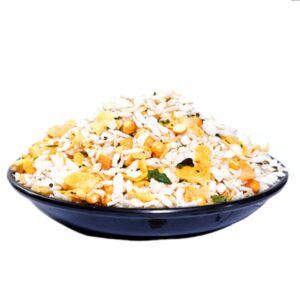

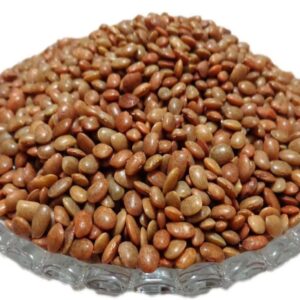
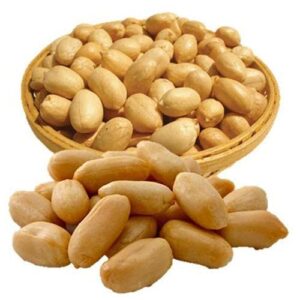


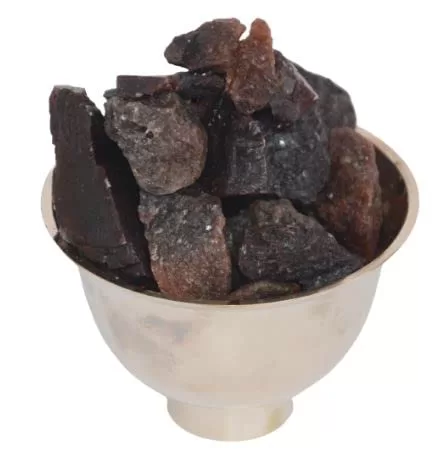

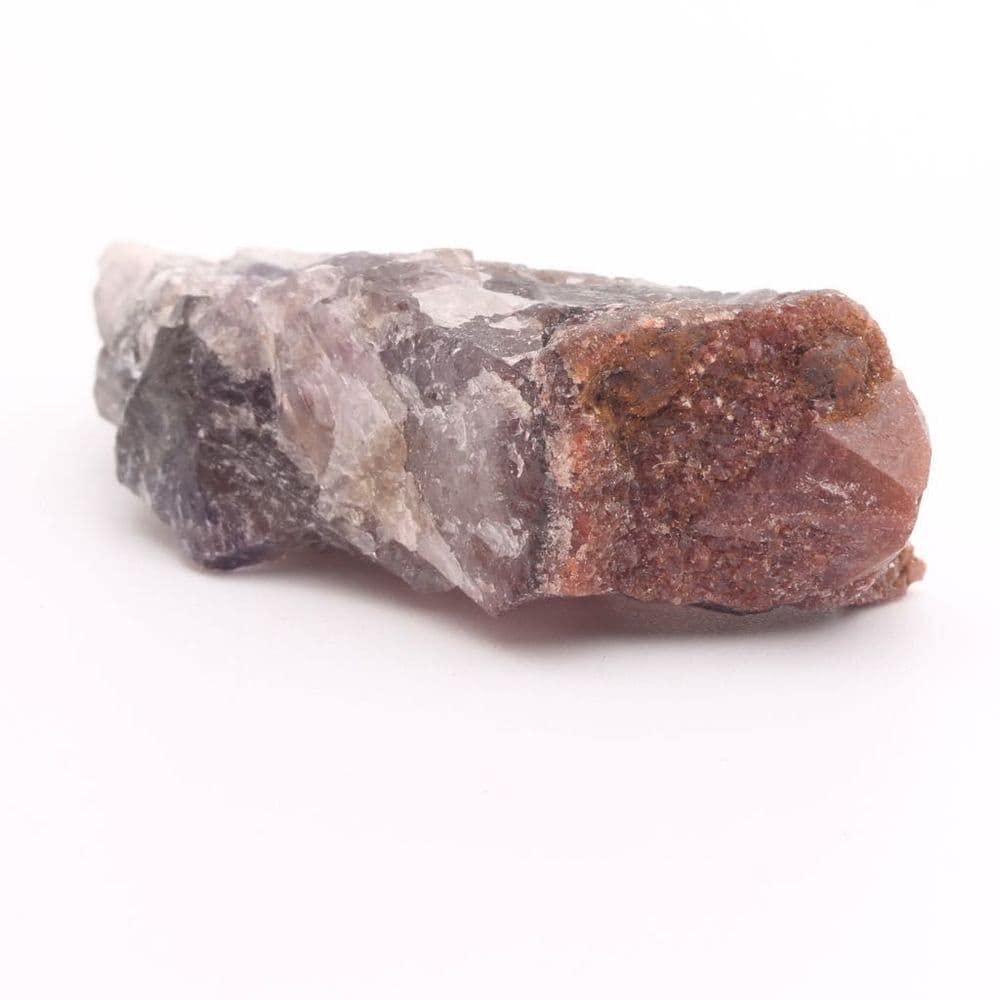

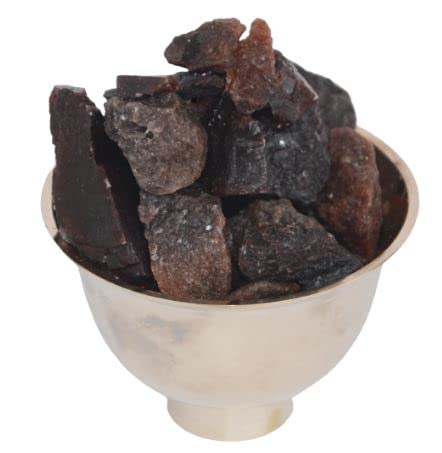

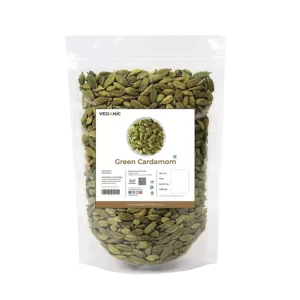
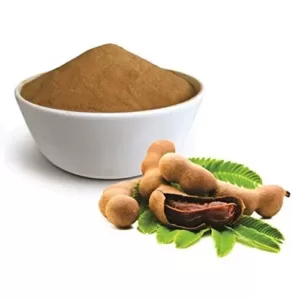
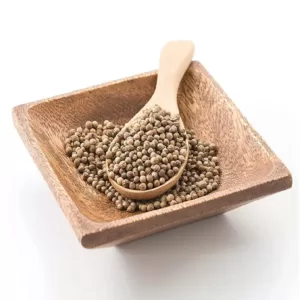
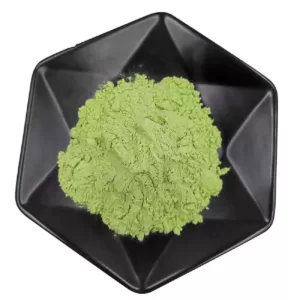
Reviews
There are no reviews yet.